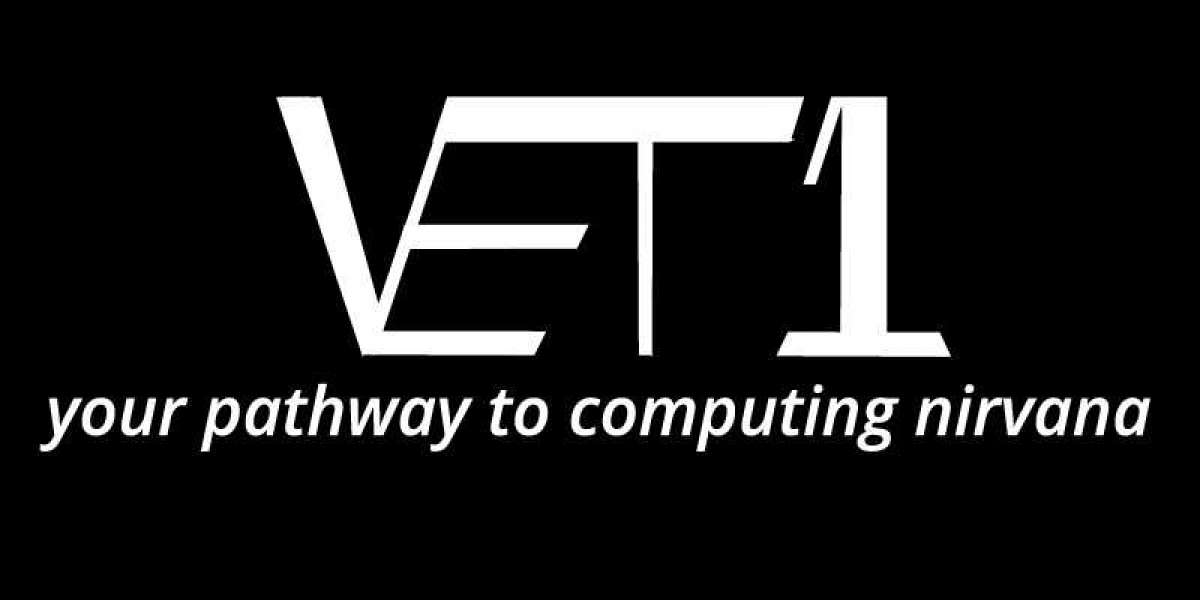The United States has long been a favored destination for international students, including those from India, who are looking to pursue higher education. With its world-renowned universities, diverse academic programs, and vibrant student life, study in USA can offer Indian students a unique and enriching experience. However, the process of applying to universities, securing a student visa, and adjusting to a new culture can seem daunting. Here’s a comprehensive guide to help Indian students navigate the path to studying in the USA.
1. Why Choose the USA?
The USA is home to some of the world’s top-ranked universities, including institutions such as Harvard University, Stanford University, MIT, and Yale University. The country’s education system offers a broad range of courses, research opportunities, and extra-curricular activities. Some of the key reasons Indian students choose to study in the USA include:
- High-Quality Education: US universities are known for their academic excellence, cutting-edge research, and innovation.
- Diverse Courses: The flexibility of the American education system allows students to choose from a wide variety of programs across all disciplines.
- Cultural Diversity: The US is a melting pot of cultures, providing students with an opportunity to experience new cultures, broaden their perspectives, and meet people from all over the world.
- Career Opportunities: Many US universities have strong ties with top industries and companies, providing students with ample opportunities for internships, networking, and post-graduation employment.
2. Choosing the Right University
Choosing the right university is crucial, and there are several factors to consider, including:
- Accreditation: Ensure that the university you’re considering is accredited by a recognized body. Accreditation ensures that the institution maintains high standards of education.
- Course and Specialization: Determine which university offers the program that aligns with your career goals and academic interests.
- Location: Consider whether you want to study in a city or a more rural area. The US has universities spread across the country, each offering unique advantages in terms of culture, industry, and lifestyle.
- Cost: Education in the USA can be expensive, so it’s essential to consider tuition fees, cost of living, and available scholarships.
3. Application Process
The application process for US universities can vary slightly depending on the level of study (undergraduate or graduate) and the university. However, there are some common steps:
- Research: Start by researching universities, their programs, and the specific entry requirements. Make a list of institutions you’re interested in.
- Standardized Tests: Most US universities require standardized test scores such as the SAT (for undergraduate admissions) or GRE/GMAT (for graduate admissions). Some universities may also ask for TOEFL or IELTS scores to assess English proficiency.
- Essays and Letters of Recommendation: Many universities require personal statements or essays that reflect your academic journey, career aspirations, and motivations. Letters of recommendation from teachers, professors, or employers are also essential.
- Transcripts: Submit your academic transcripts and any other documents that demonstrate your academic qualifications.
- Interviews: Some universities may require interviews, especially for graduate programs.
4. Visa and Immigration Process
Once you’ve received an offer from a US university, the next step is to apply for a student visa (F-1 Visa). Here’s what you need to do:
- I-20 Form: The university will send you an I-20 form, which you’ll need to apply for an F-1 visa.
- Visa Application: Complete the DS-160 form and schedule an appointment at the US embassy or consulate in India for a visa interview. You will need to provide your I-20 form, passport, visa fee payment receipt, and other supporting documents.
- Visa Interview: The visa interview will assess your eligibility to study in the USA. Be prepared to explain your purpose of studying, your financial resources, and your ties to India.
5. Cost of Studying and Scholarships
The cost of studying in the USA can vary significantly depending on the university and program. In general, tuition fees for international students range from $10,000 to $50,000 per year, with additional costs for accommodation, food, transportation, and health insurance.
However, there are various ways to fund your education:
- Scholarships: Many US universities offer merit-based scholarships, grants, or assistantships for international students. It’s essential to check for scholarship opportunities at the universities you are applying to.
- Financial Aid: Some universities offer need-based financial aid, but this is less common for international students.
- Education Loans: Indian banks and financial institutions offer education loans for students wishing to study abroad. These loans typically cover tuition fees, accommodation, and other study-related expenses.
6. Life in the USA
Once you arrive in study abroad consultant , you’ll experience a new culture and lifestyle. While the transition can be overwhelming at first, you’ll soon find your way. Some tips for adjusting to life in the USA include:
- Accommodation: Many universities offer on-campus housing, or you can choose to rent an apartment or house off-campus.
- Cultural Adjustment: The US is diverse, and you’ll find people from all over the world. Take time to adjust to the new environment, learn about different cultures, and make connections.
- Student Support Services: US universities offer extensive support services for international students, including orientation programs, counseling services, and career guidance.
- Work Opportunities: As an F-1 visa holder, you can work on-campus for up to 20 hours per week during the semester and full-time during holidays. After completing your studies, you may be eligible for Optional Practical Training (OPT), which allows you to work in the US for up to one year (or up to three years for STEM graduates).
7. Post-Graduation Opportunities
The USA offers excellent post-graduation opportunities for international students. Many Indian students opt to stay and work in the US after completing their studies. Some programs, such as STEM (Science, Technology, Engineering, and Mathematics), have provisions for longer work permits under the OPT program.
- Optional Practical Training (OPT): OPT allows students to work in the US for 12 months (up to 36 months for STEM graduates).
- H-1B Visa: After completing your OPT, you may be eligible to apply for an H-1B visa, which allows you to work in the US for up to six years.
8. Conclusion
Studying in the USA offers immense opportunities for academic and personal growth. While the process may seem overwhelming, proper planning and preparation can help make the journey smoother. From choosing the right university to securing a visa and adjusting to life in the US, Indian students can thrive in an environment that fosters learning, innovation, and cultural exchange.








